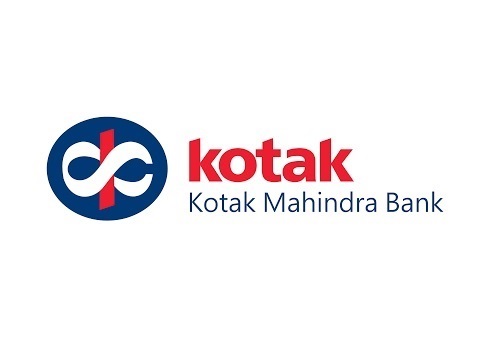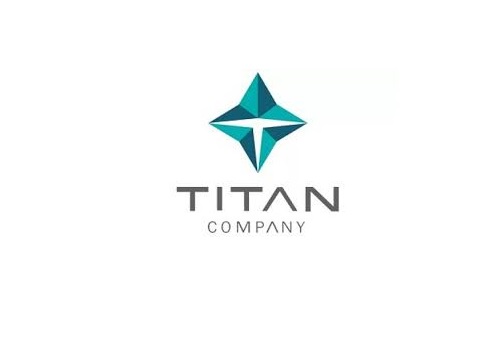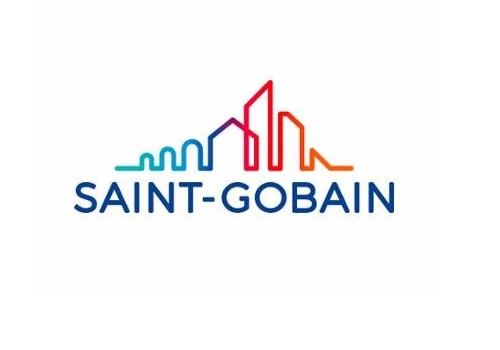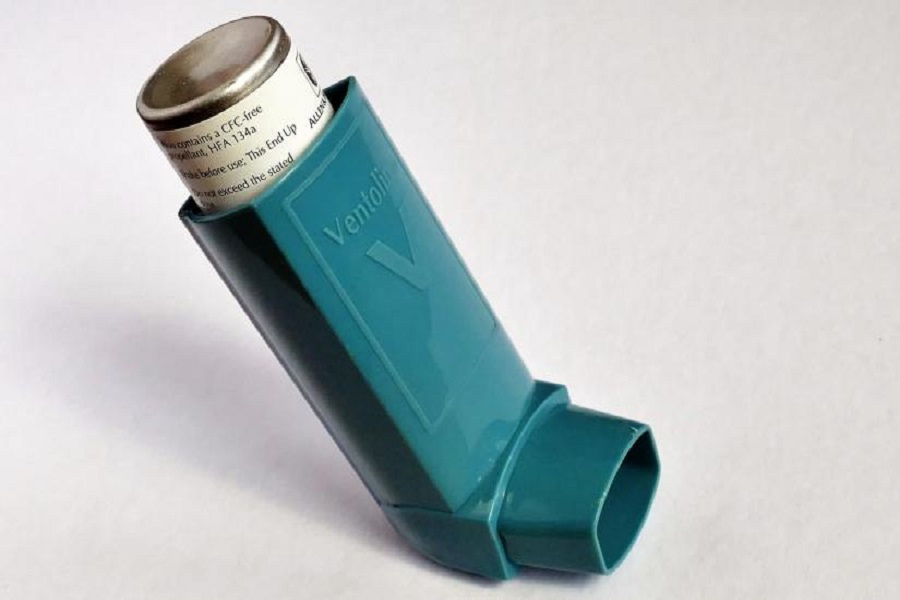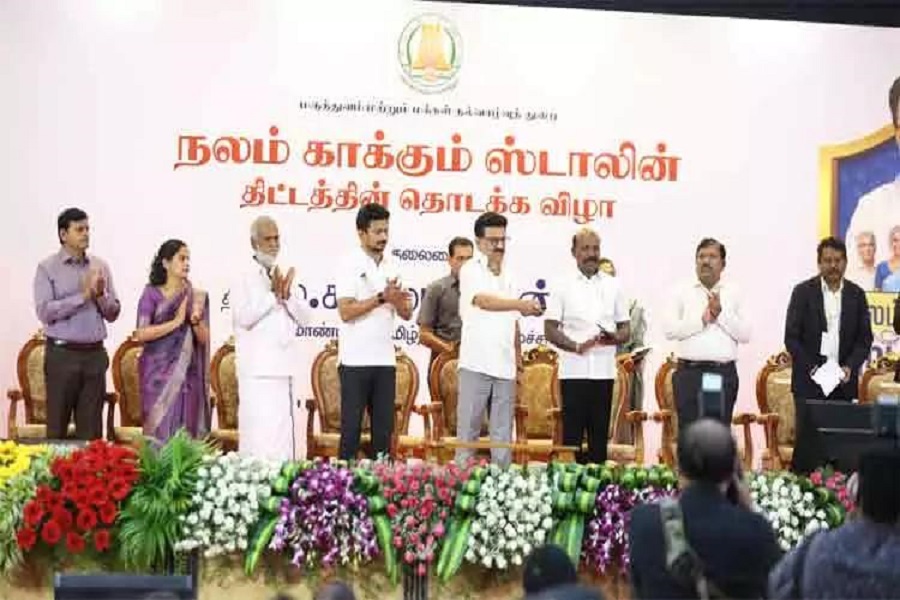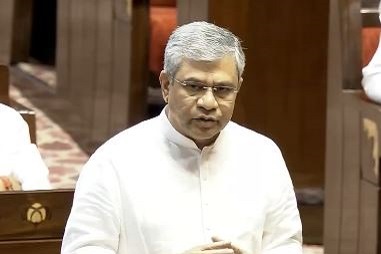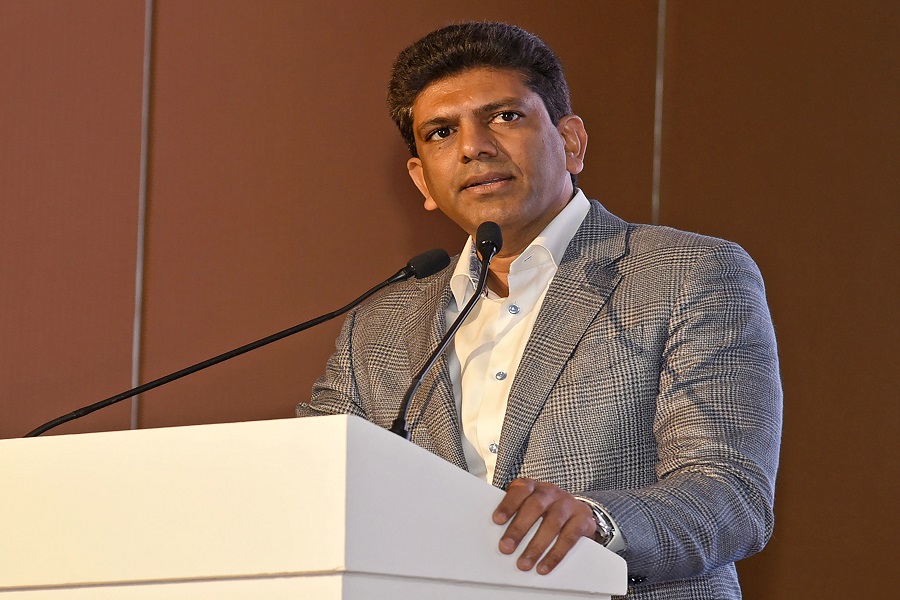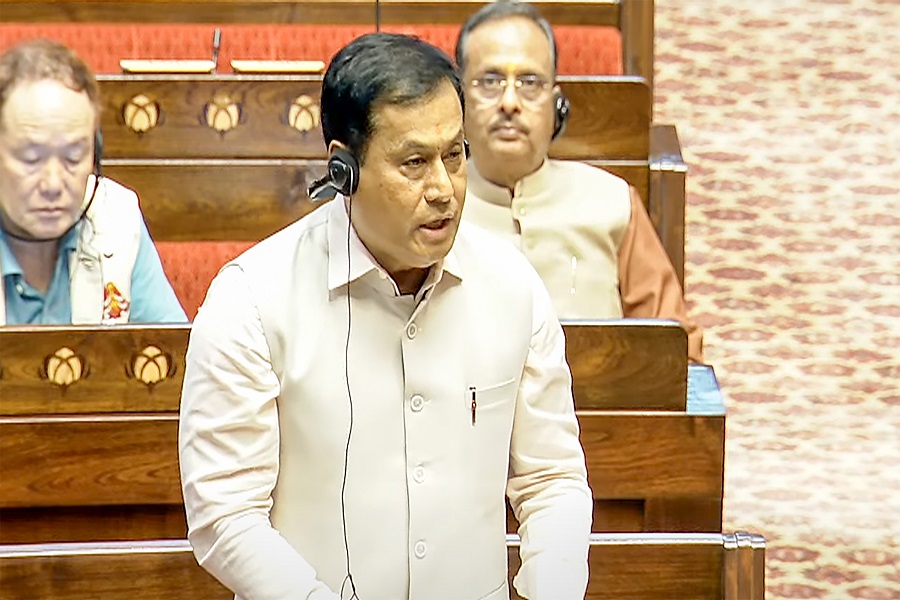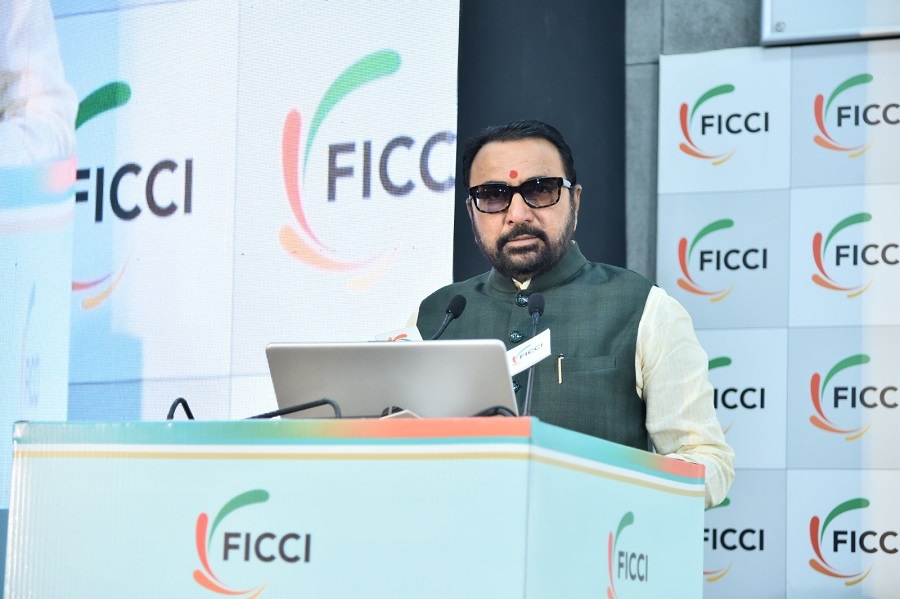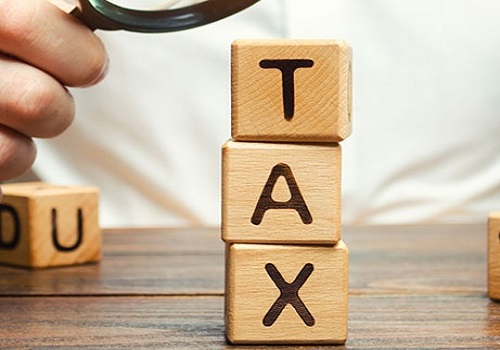India unveils Taxonomy of Green Steel in big step to decarbonise production
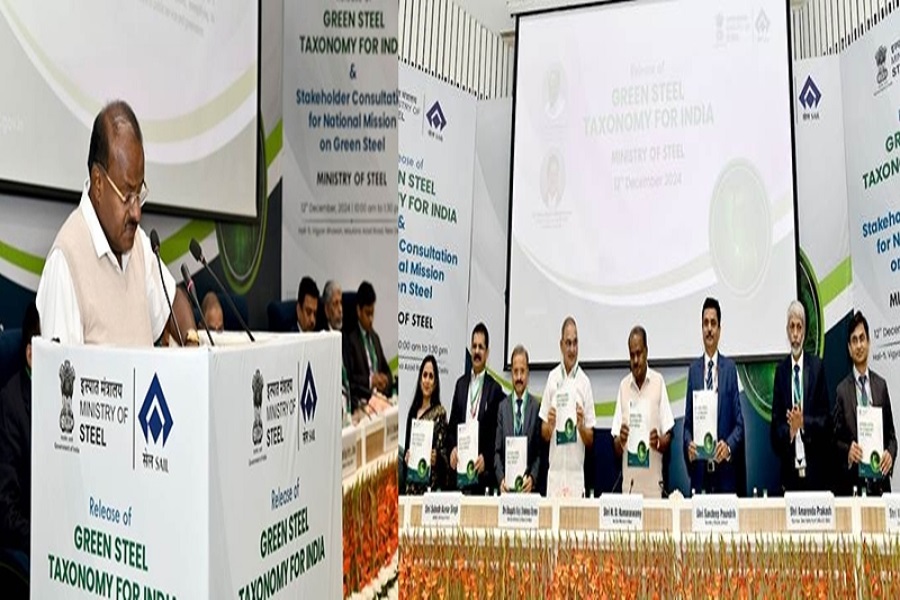
In a major step to decarbonise the steel sector in alignment with net-zero emission intensity target by 2070, Union Minister of Steel and Heavy Industries H.D. Kumaraswamy unveiled the Taxonomy of Green Steel for India at an event held in Vigyan Bhavan here on Thursday.
The taxonomy, which fixes the norms for green steel, marks an important milestone in India’s journey towards the production of low low-emission steel.
According to the taxonomy, “Green Steel” shall be defined in terms of percentage greenness of the steel, which is produced from the steel plant with CO2 equivalent emission intensity less than 2.2 tonnes of CO2e per tonne of finished steel (tfs). The greenness of the steel shall be expressed as a percentage, based on how much the steel plant’s emission intensity is lower compared to the 2.2 t-CO2e/tfs threshold.
Based on the greenness, the Green steel shall be rated as follows:
1. Five-star green-rated steel: Steel with emission intensity lower than 1.6 t-CO2e/tfs.
2. Four-star green-rated steel: Steel with emission intensity between 1.6 and 2.0 t-CO2e/tfs.
3. Three-star green-rated steel: Steel with emission intensity between 2.0 and 2.2 t-CO2e/tfs.
Steel with emission intensity higher than 2.2 t-CO2e/tfs shall not be eligible for green rating.
The taxonomy also stipulates that the threshold limit for defining the star rating of Green Steel shall be reviewed every three years.
The scope of emissions shall include Scope 1, Scope 2, and limited Scope 3, up to finished steel production. Scope 3 emissions shall include agglomeration (including sintering, pellet making, coke making), beneficiation, and embodied emissions in purchased raw materials and intermediary products, but shall not include upstream mining, downstream emissions and transportation emissions, both within and outside the gates of a steel plant.
The National Institute of Secondary Steel Technology (NISST) shall serve as the nodal agency for measurement, reporting, and verification (MRV) as well as for issuing the greenness certificates and star ratings for the steel.
The certificate shall be issued on yearly basis (financial year). In case the steel plants opt for MRV more frequently, then the certificate may be issued more than once in a year as per the requirement, it further states.
Kumaraswamy said: "The release of the Taxonomy of Green Steel marks a crucial step in advancing the National Mission on Green Steel and also for our collective mission of transitioning toward a low-carbon economy."
Secretary, Steel, Sandeep Poundrik highlighted that the adoption of Taxonomy of the Green Steel “is not an option, it is a mandate to adopt this towards achieving the environmental sustainability target. This will be challenging for the Indian steel sector. However, the Ministry, with the help of all the industry stakeholders, will achieve the taxonomy of green steel to reduce the emission intensity of 2.2 tCO2 per tonne by 2030, ensuring global competitiveness and continued growth.”
In addition to the release of taxonomy, stakeholder consultation on draft National Mission on Green Steel (NMGS) and draft Green Steel Public Procurement Policy (GSPPP) was also conducted during the event. The Ministry has assured that the suggestions and inputs received from stakeholders will be reviewed and integrated in finalising the NMGS and GSPPP.
